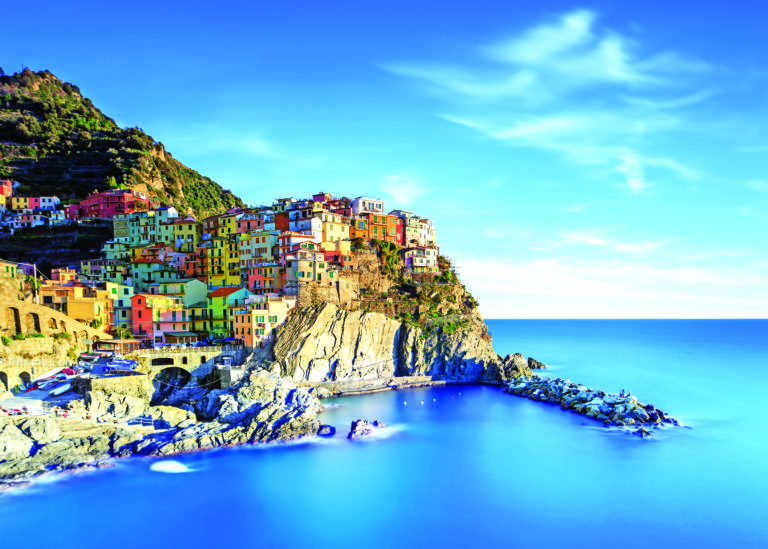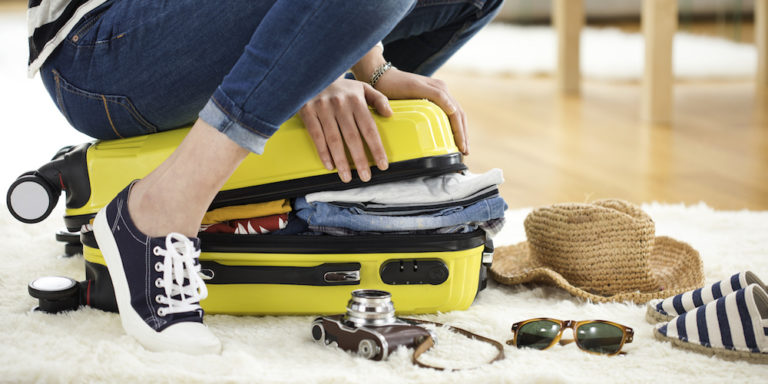“It’s only a broken down engine,” said the Tim Robbins lookalike. “It’s not as if they’ve run out of booze.” There was a murmur of assent from the rest of us seated in the open-air viewing section of the carriage as the ice tinkled in our G&Ts and the sun dropped a few more degrees, deepening the colours of the mountains beyond the vineyards.
As travel disasters go, this was one of the best. Nearing the end of our three-day journey from Pretoria to Cape Town, having to spend an extra couple of hours on this elegantly comfortable Rovos Rail train was no penance at all. I’d go so far as to say it was a universally welcome postponement of our return to the real world.
DO THE TIME WARP
Even before boarding, we’d gone through a time warp, enjoying morning tea presented on tiered cake stands in the chandeliered waiting room as white-gloved, gold-braided porters wheeled our luggage along the platform to our suites. Then, emerging theatrically through clouds of steam, Shaun the engine puffed into sight, brass work gleaming in the sunshine, a vision in shiny red and green. Sadly – and the driver was truly sad about this – Shaun was not to pull us to Cape Town. South African regulations require that state-owned diesel-electric engines are used on its tracks, so after posing for photos, Shaun backed meekly into the shed again.
“Please remember, we are never on time,” said the general manager honestly in his welcome speech, “but meals will be, and we have more than enough food and drink on board. That, and good company, is what Rovos Rail is all about. Ideally, you won’t switch on your phones or computers at all.”
Climbing aboard the Pride of Africa, it was instantly obvious that such devices would be completely out of place. A mahogany-panelled corridor of shuttered windows led to our deluxe suite, a surprisingly spacious compartment with wall-to-wall bed, desk and chairs, and an ensuite bathroom with what proved to be a remarkably good shower. Hostess Lebo pointed out all the features and ample storage areas, and a cache of amenities that included a pair of goggles. “For the pool?” we enquired, already sufficiently blown away to consider this a possibility. “No, for looking out of the windows,” she explained, showing how they could be opened – in itself a real novelty.
On the wall was a framed advertisement from the Illustrated London News of 1935, proudly declaring that the 1000-mile journey we were about to begin would take 28 hours, compared to six to seven hours by air. How times change. The flight today takes just two hours, but on the train, leaving at 11am on Friday, we weren’t to reach Cape Town until 8.30pm on Sunday.
LAP OF LUXURY
The Rovos Rail experience is much more about journeying back in time than simply getting from A to B. The carriages are all painstakingly renovated originals, the earliest dating from 1911. Each of them has been sensitively remodelled to supply the requirements of the claim to be “the most luxurious train in the world” while still evoking the glories of Victorian-era train travel.
Certainly, walking into the lounge car with its wing chairs and button back sofas, I felt we guests should have been wearing tea gowns and smoking jackets. In fact, during the day everyone dressed casually, but come dinnertime, summoned by a melodious gong chimed throughout the length of the train, we transformed into elegant creatures in cocktail dresses and suits. It was the least we could do, to match the genteel ambiance of the dining car, with its wood panelling, linen cloths and tinkling cut-crystal glassware, sparkling in the light from lamps and candles.
And the food! It entirely lived up to its beautiful presentation: scallops, slow-roasted lamb, lobster tails, ostrich fillet, different cheeses at every meal, and irresistible desserts, all accompanied by carefully chosen local wines. Thank goodness everything is included on Rovos Rail, so there was nothing restraining us from doing proper justice to the South African wine industry.
What with the bottomless wine, and the gentle rocking of the train, when dinner was over I headed for bed to sleep like a baby. The proper grown-ups, though, encouraged to stay up as late as they wanted by Joe, the irrepressible train manager – “We need to get rid of this sub-standard alcohol so we can restock with the good stuff for the A-class passengers on the next run” – went to the lounge car afterwards for nightcaps at the bar, and the opportunity to stargaze from the rear deck, far from any light pollution.
Below that immense sky, the scenery grew gradually more impressive, after the ugly sprawl of Johannesburg gave way to the farmland of the Highveld. This arid country conceals bright treasure: gold and diamonds. Normally the train stops at Kimberley for a chance to visit the Big Hole, grubbed out by busy hands driven by hopeful hearts, but track maintenance dictated a detour for us to South Africa’s capital, Bloemfontein, instead.
Visiting its National Women’s Memorial to the 26,000 civilian victims of British concentration camps during the Anglo Boer War was a sobering experience; more fun was the stop next day at Matjiesfontein, a pretty little Victorian village with surprising museums: everything from a slave shackle to a stainless steel speculum.
It’s located on the Great Karoo, a vast high-altitude desert, from which the train descends down the face of an escarpment by means of a series of spectacular curves. It then dives into tunnels, one of them over 13 kilometres long, through the Hex River Mountains, emerging into the wine country where our state-supplied engine finally expired, to Joe’s frustration. “We have 10 beautiful, perfectly maintained engines in our sheds that we’re not allowed to use,” he wailed.
Time passed. More drinks came and went, we chatted, the sun set in a blaze of red behind the mountains, the gong rang for our last, extra, dinner. Then finally the replacement engine arrived. We chugged into Cape Town in the dark, entirely content to have had bonus time on this fabulous train.







